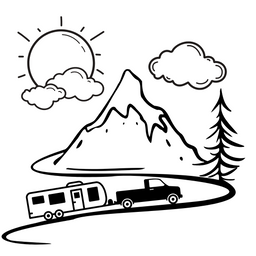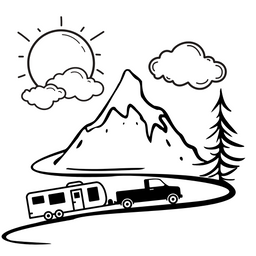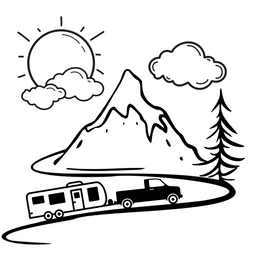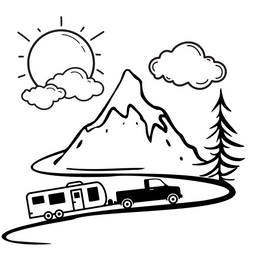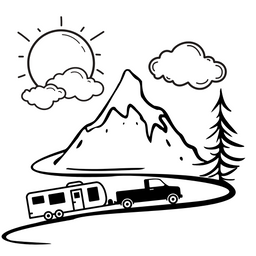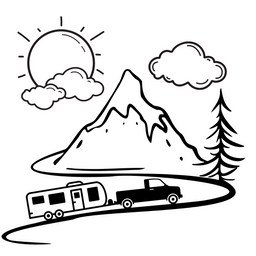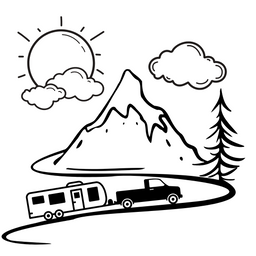Axle appointment 2: Are we any closer to finding answers?
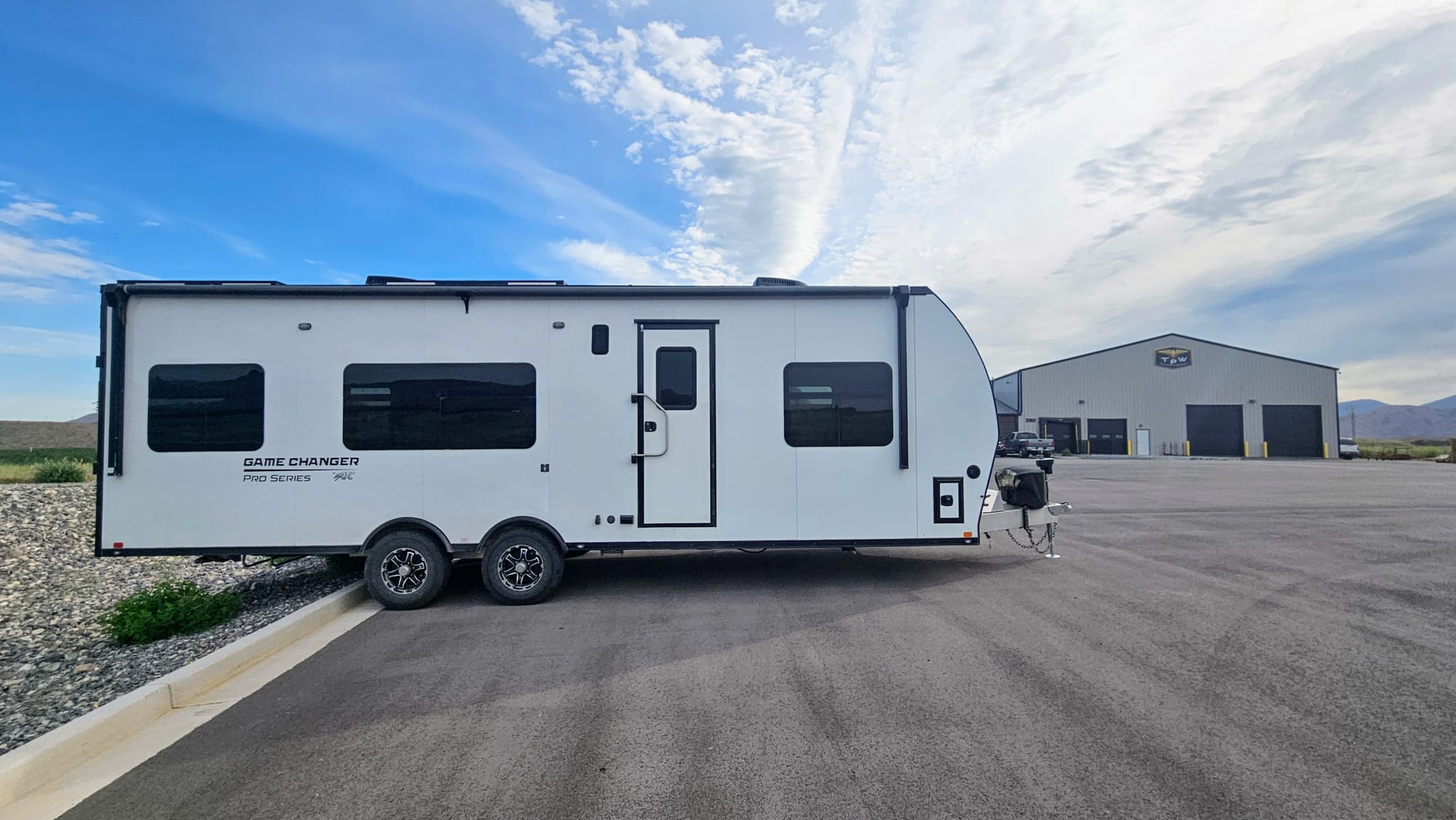
This post contains affiliate links. Purchasing qualifying items through these links grants us a commission, which we use to upkeep our blog. Thanks for supporting our adventures!
We planned our entire season of travels around an axle appointment in Utah. What happened? You can read all the posts below, but in summary, our second set of axles was causing uneven wear on our tires and making loud creaking and squeaking sounds like this:
These axles were supposed to be high-quality upgrades in comparison to our first ones, which bit the dust in spring of 2023. Even still, we were plagued with symptoms and couldn't figure out a cause. We brought the trailer to different professionals and even told our trailer manufacturer to check and make sure our frame looked correctly built and aligned. Our axle guys kept our trailer for a few days in March and worked on a number of repairs that they thought would fix our issues. Well, tentatively thought. They said there was a possibility that we'd need to return again for more fixes, and that's exactly what happened. Not even 800 miles back on the road, we began noticing creaking and uneven wear again. We made our next axle appointment for the beginning of June. In that time, we traveled from southern Utah to California, then looped through Nevada and back into Utah. Along the way, we continued observing all our symptoms of disrepair, and while our tires remained safe to drive on, the uneven wear was very noticeable. Then, whenever we'd have rain, humidity, or other moisture in the air, our axles proclaimed their dismay by creaking and squeaking some more.
Read the whole kaboodle:
What happened with our first pair of axles:
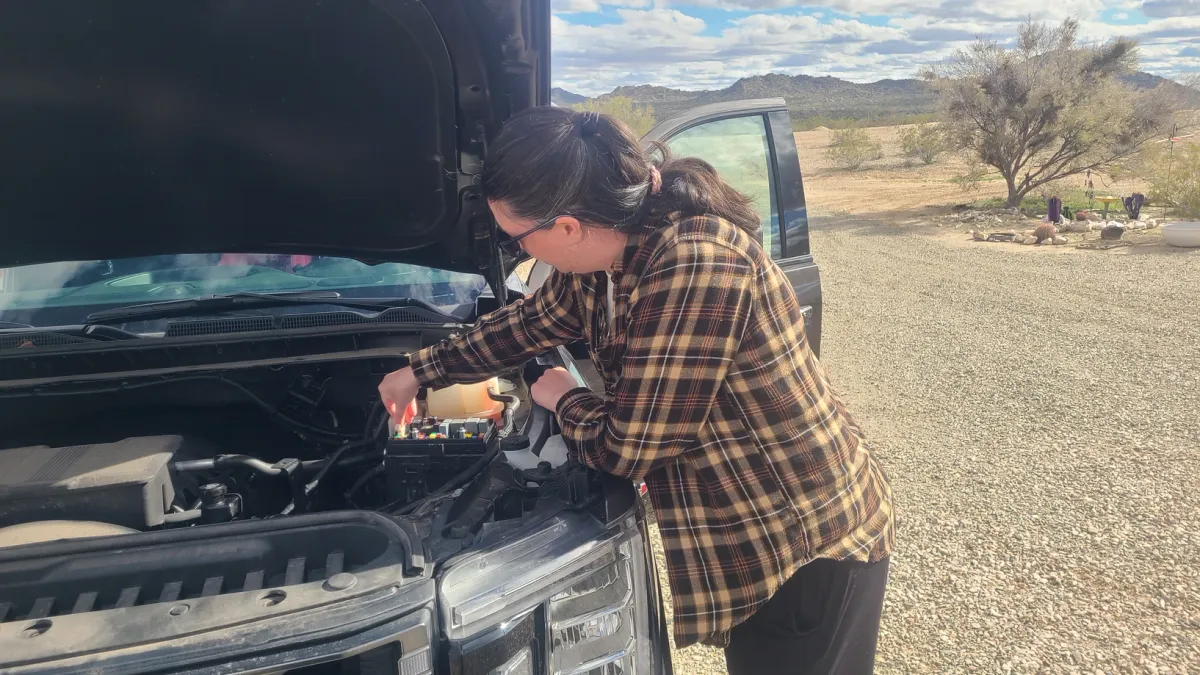
Getting our new axles:

Problems with set 2:

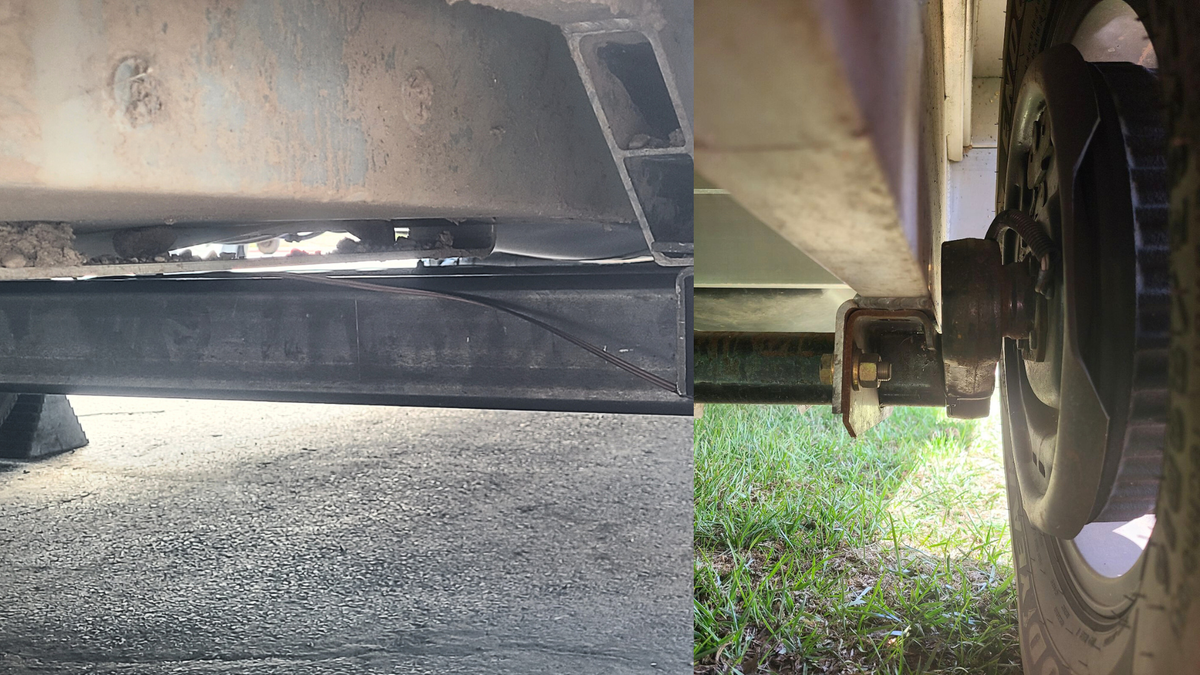
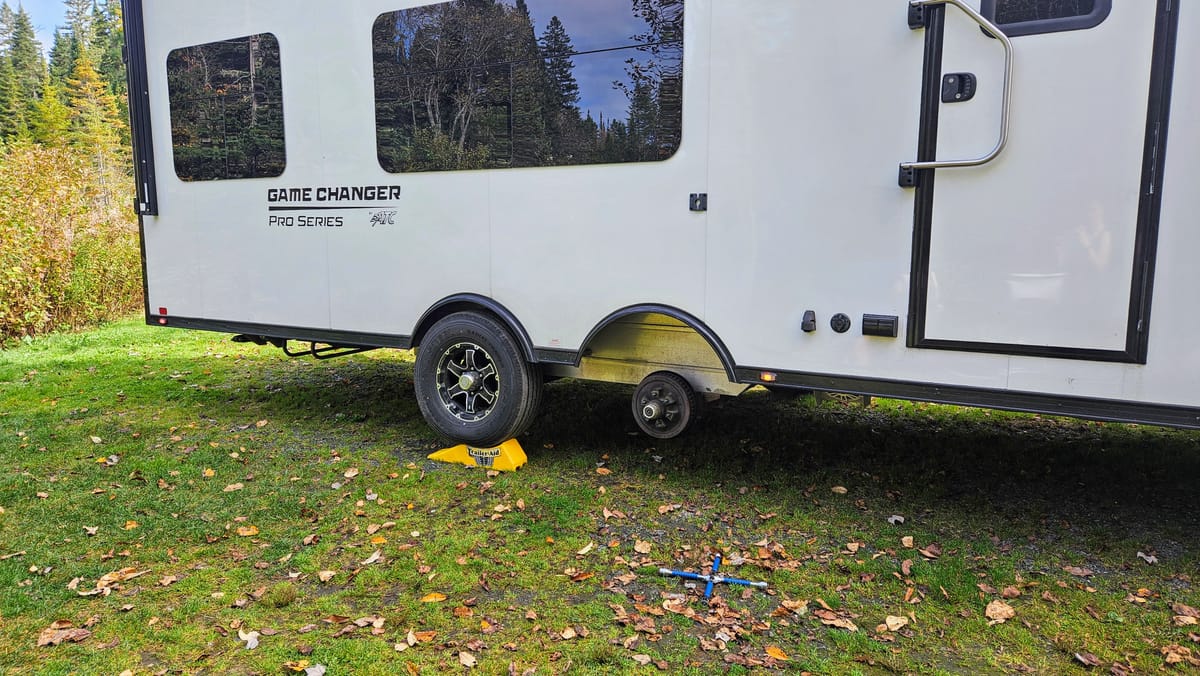
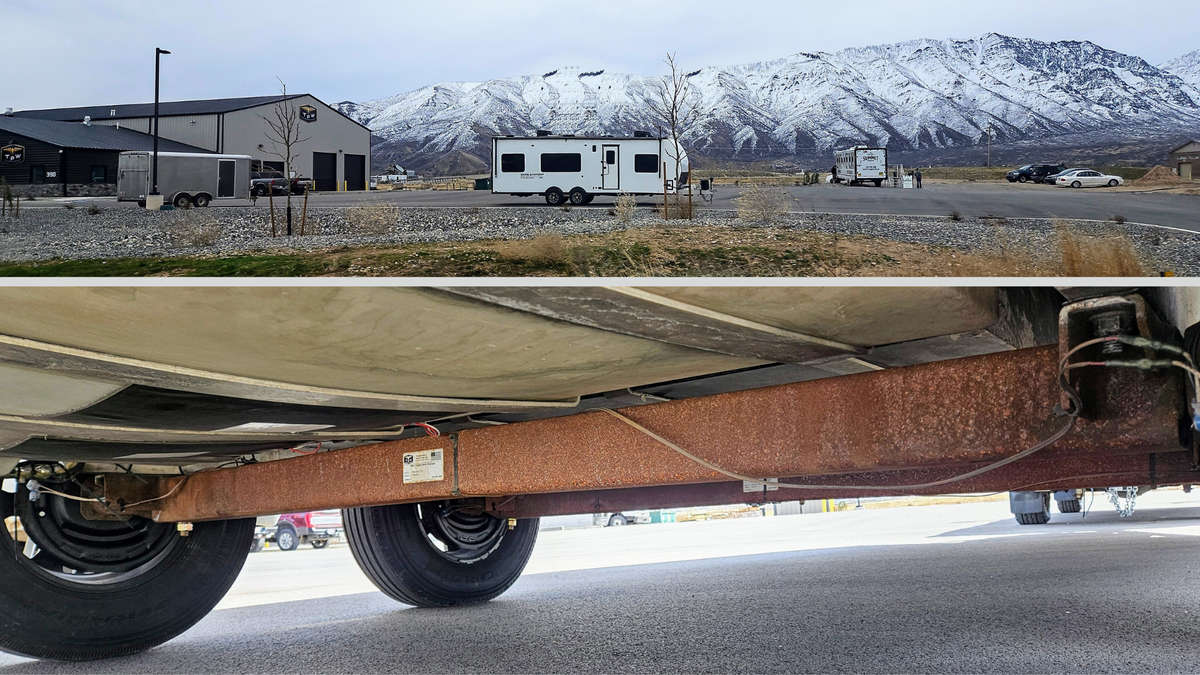
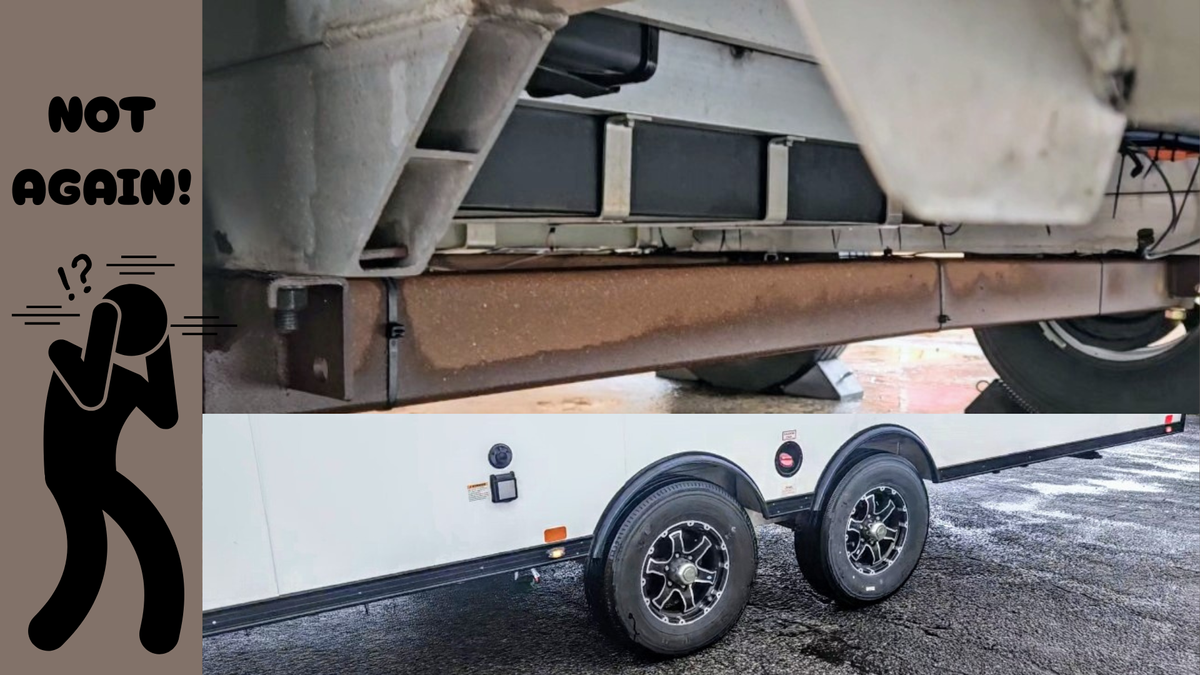
Between axle appointments, we made one mod that, while a Band-Aid to our real problem, at least helped us maintain our sanity. We purchased these Valterra stabilizers to give ourselves more stability, and therefore less creaking, when parked at a campsite. We position these under the frame of our trailer and use them in conjunction with our stabilizer jacks. The flexibility of these stabilizers is great because we can choose where to position them. The best place for us is on each side of the long sides of our trailer. It's not a full improvement, but the creaking sounds have diminished greatly when we walk around inside the RV. Less bouncing and wobbling is an added advantage. We've found it to be a simple, cost-effective addition to our setup.
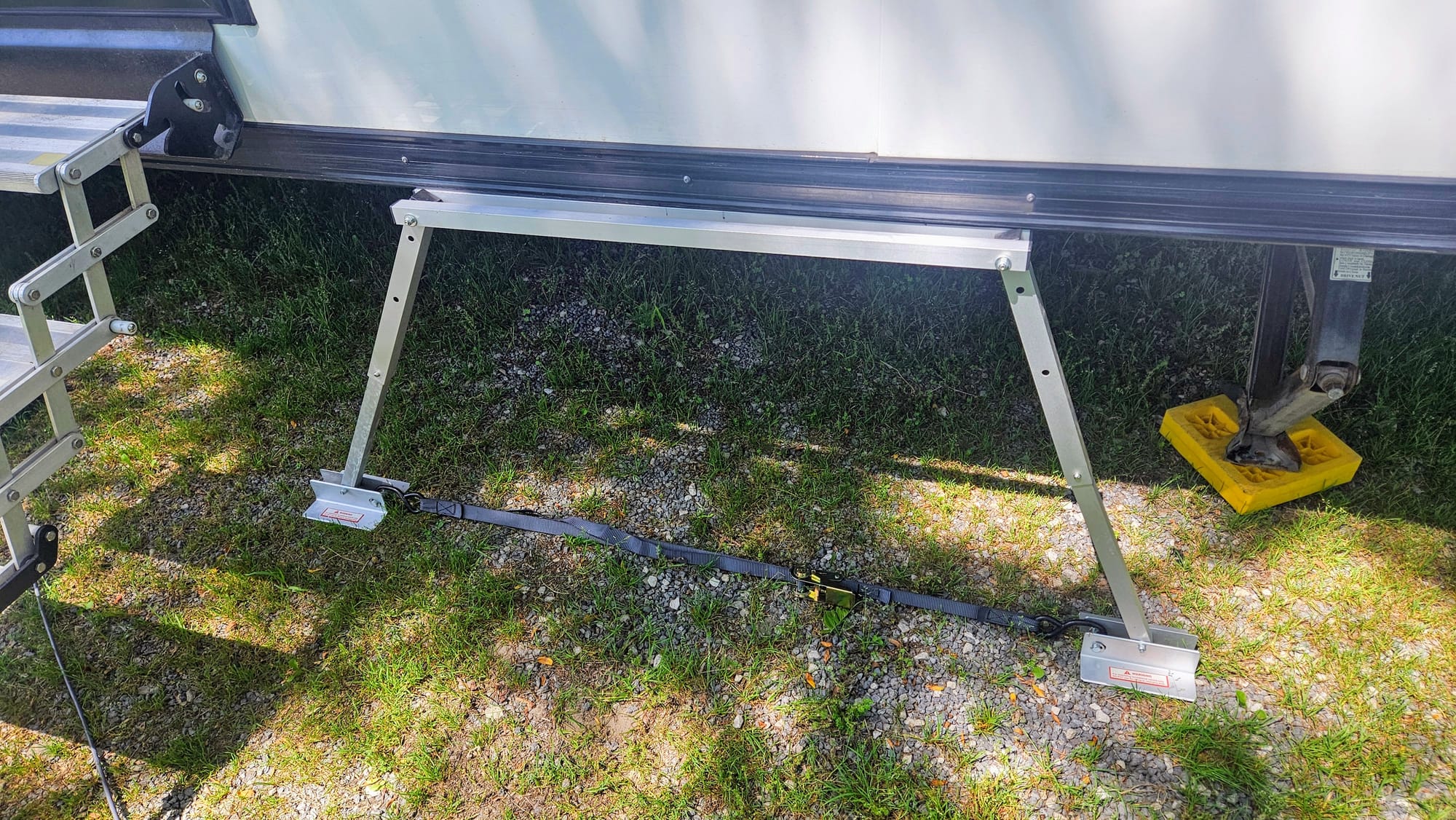
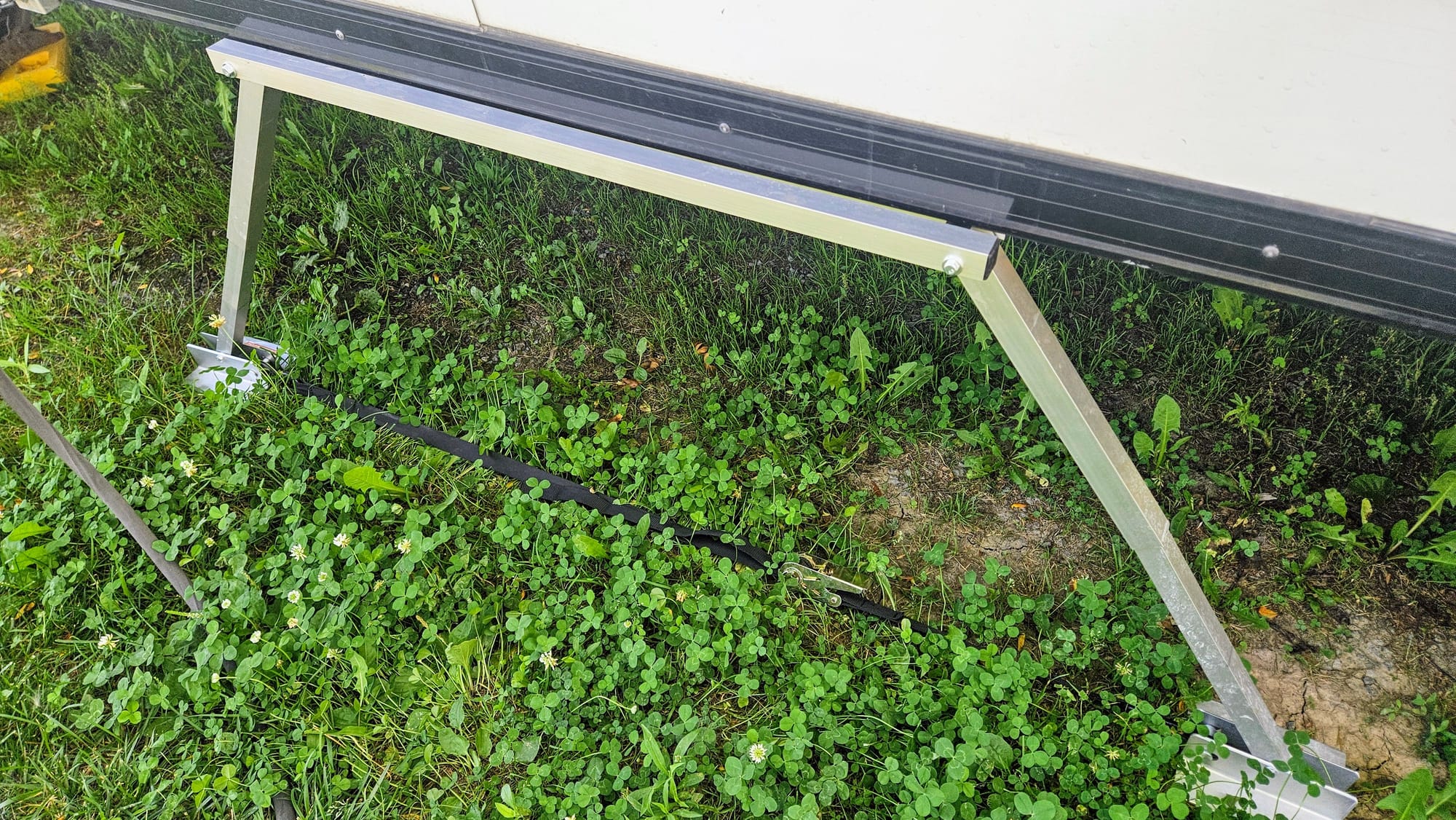
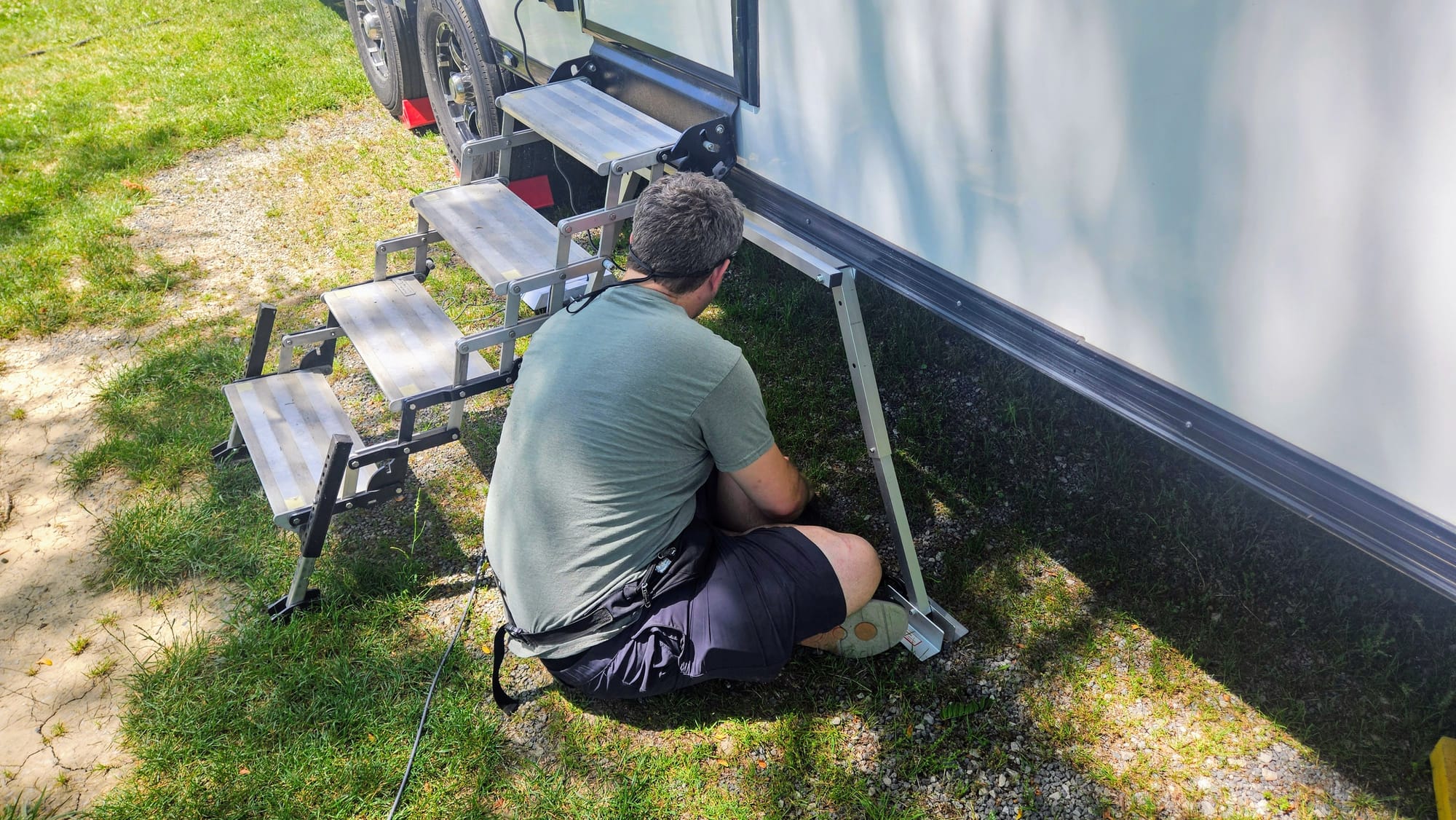
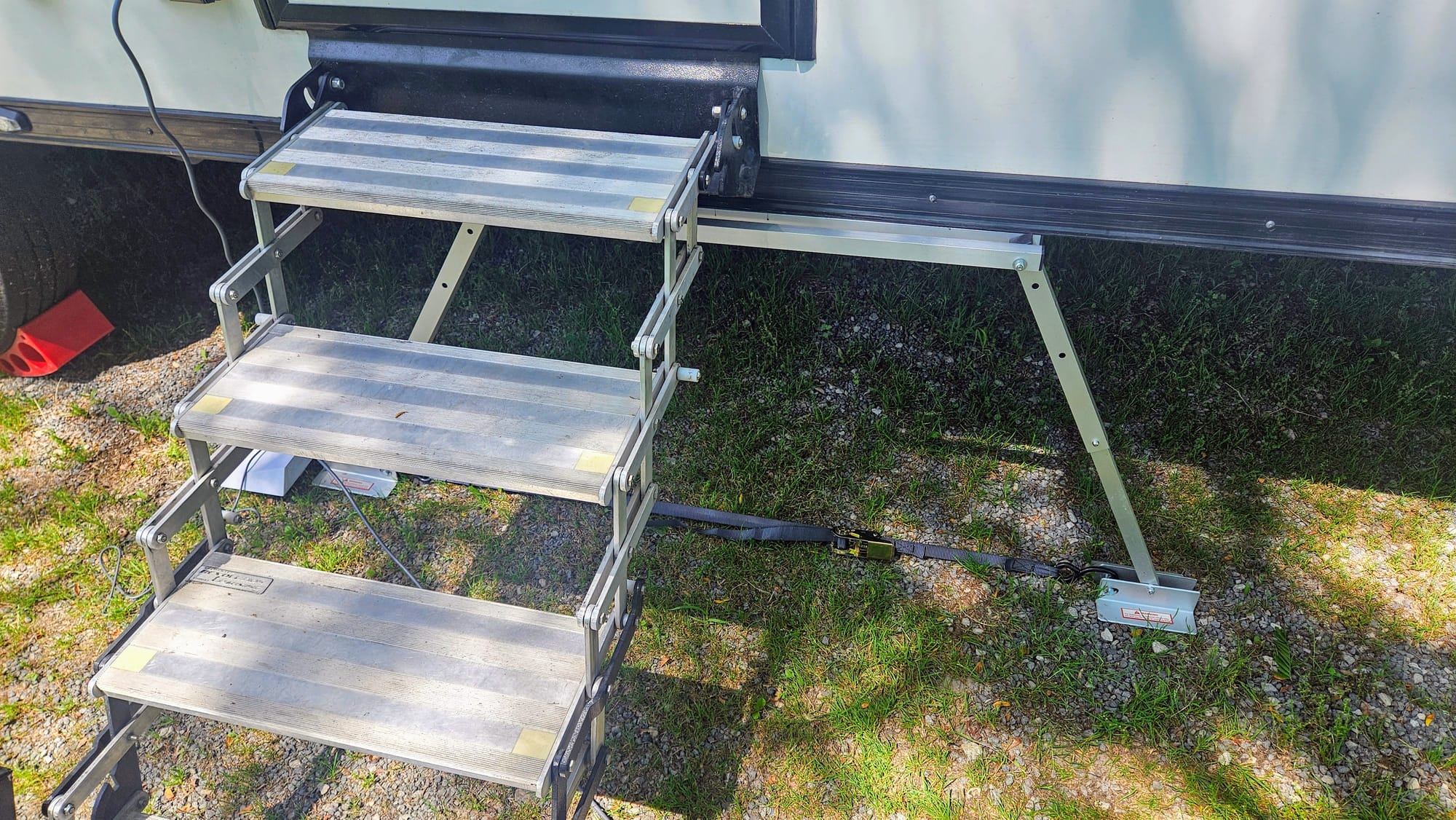
We returned to Utah and packed for our next displacement. We found a lovely Airbnb in Nephi, about 25 minutes from Trailer Parts Wholesale, our axle manufacturer. We did something we don't always do unless convenient, which was adding a buffer night to the start of our Airbnb booking, so we could bring our belongings over in stages instead of piling everything into our truck at once. This also allowed us access to our Airbnb right after dropping off our trailer. Waiting for check-in time is always a hassle. We were able to do this easily because our "staging area," or the park we chose for packing, is Rollin' Home, also located in Nephi. This is where we staged before our March displacement, and also our home-base for getting Tanner surgery. It's quickly become our go-to RV park when we need a convenient stop south of Salt Lake City.
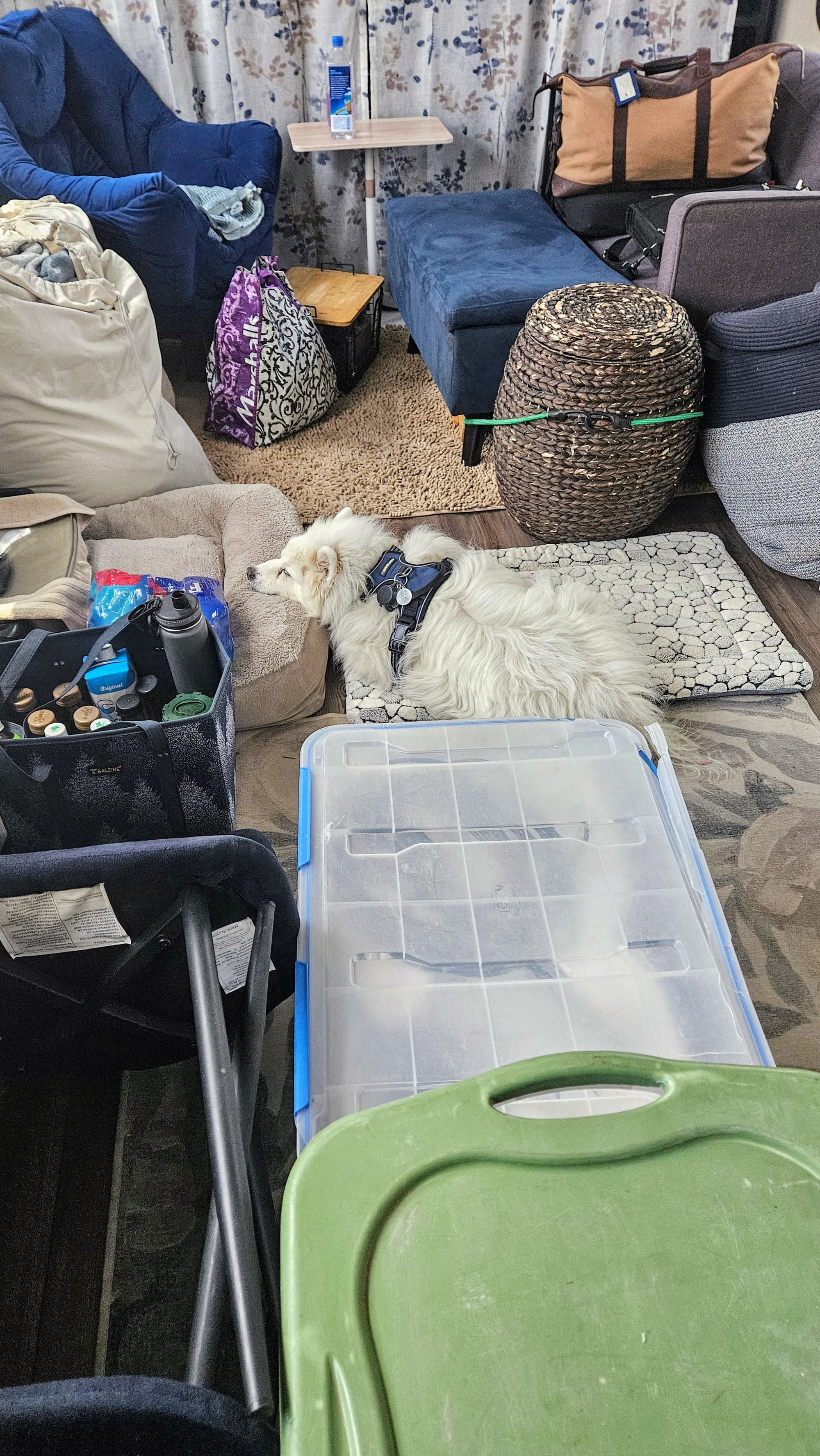
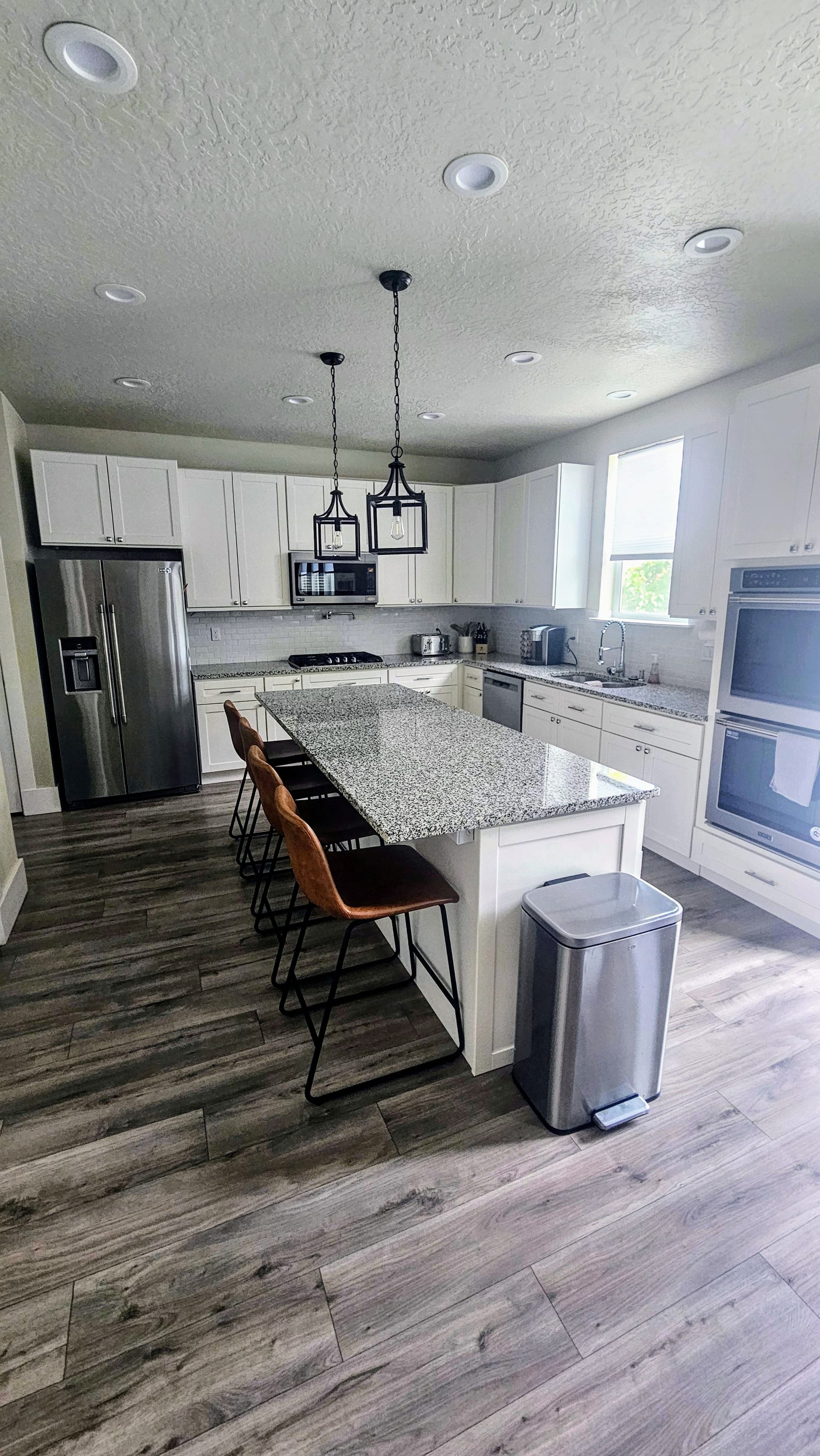
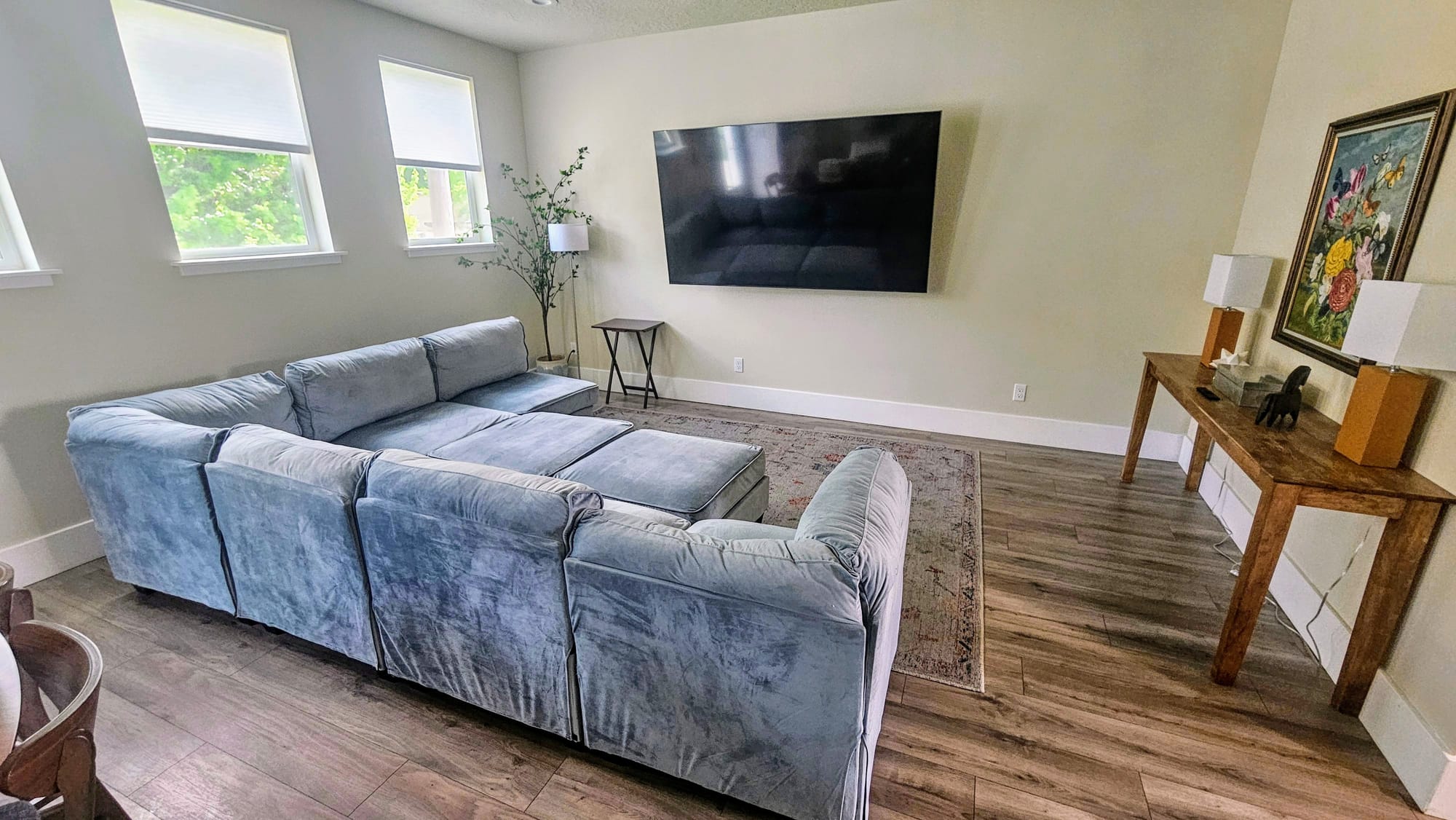
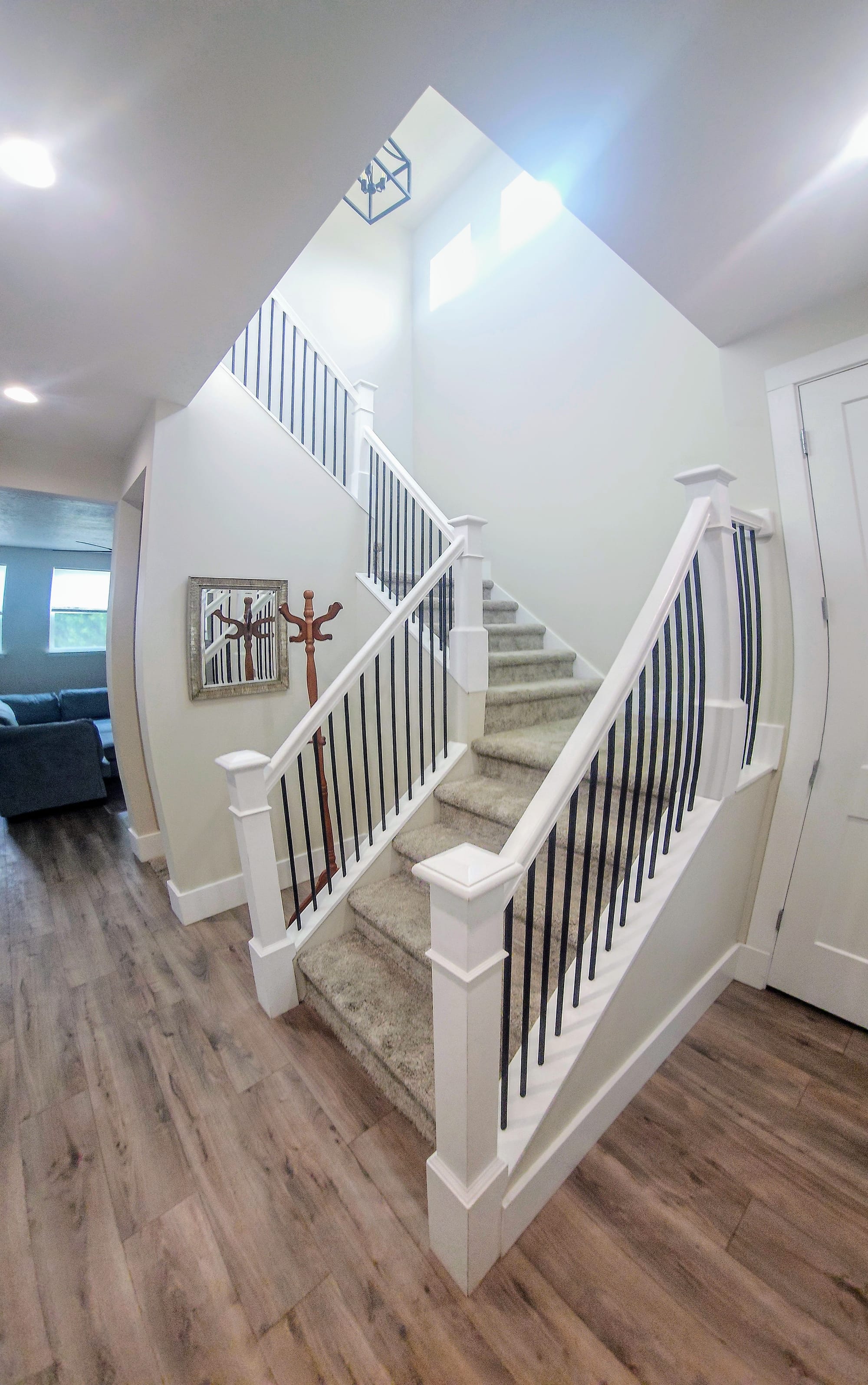
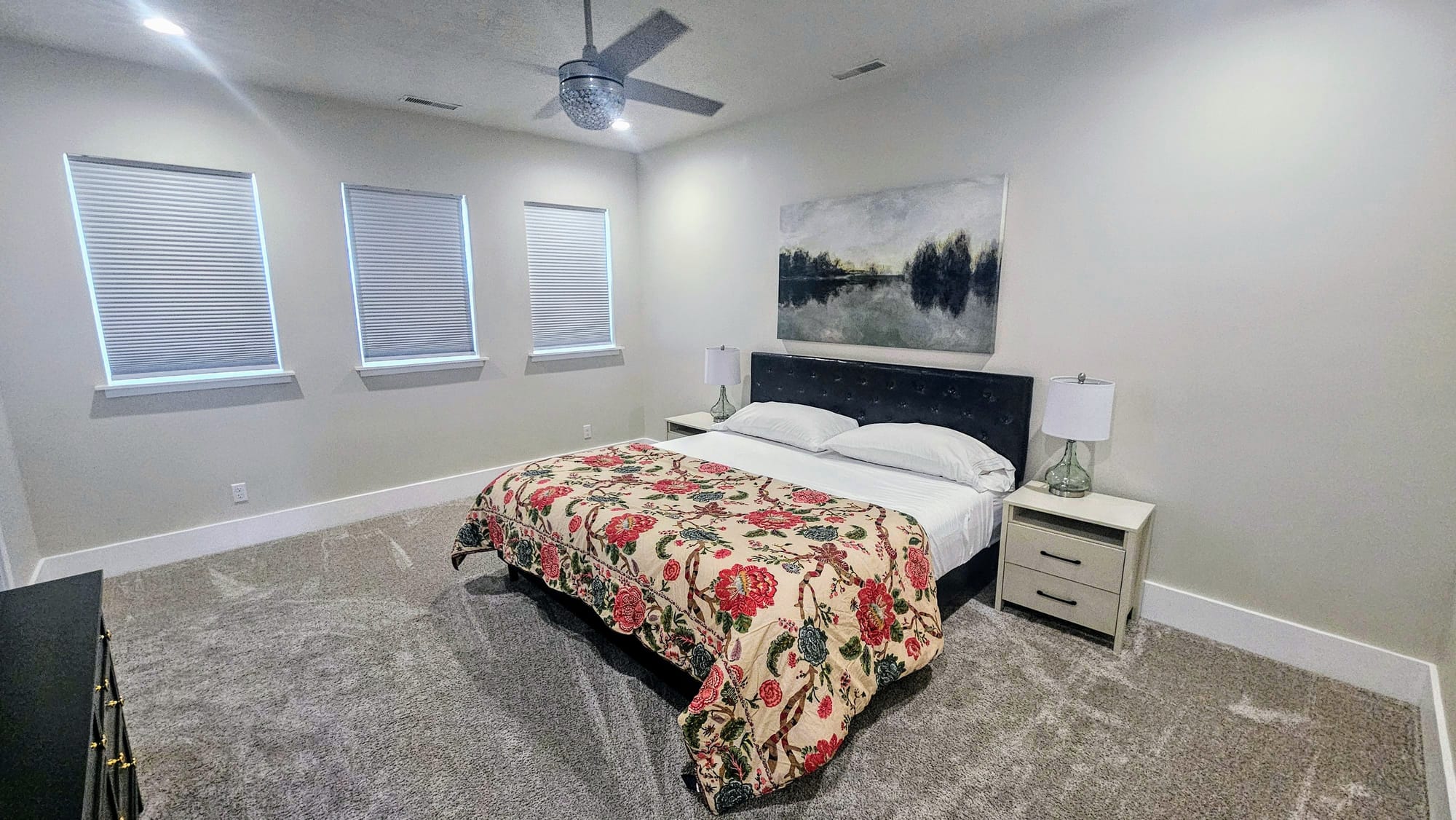
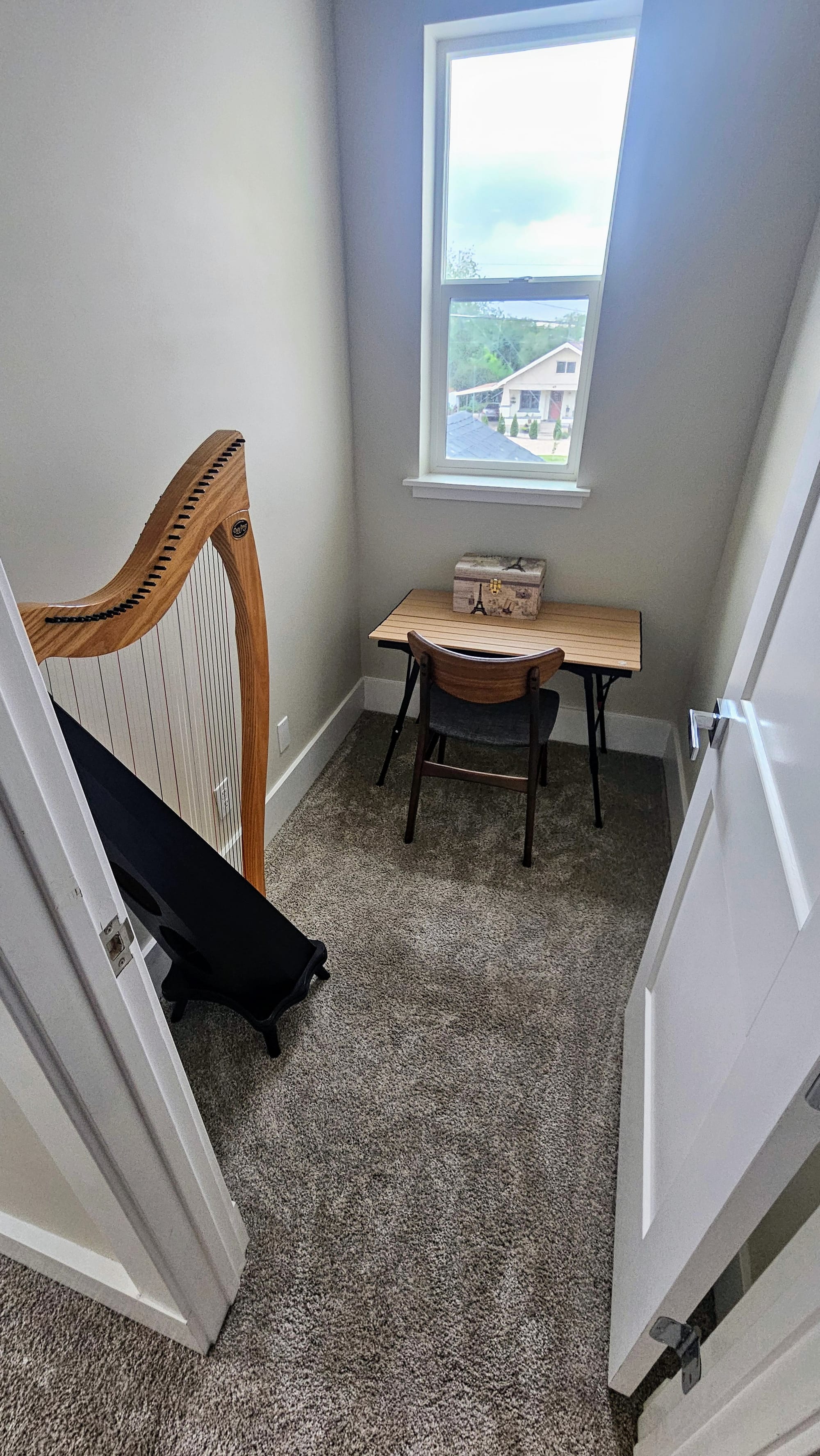
Our Airbnb was far too large for our small family, but we enjoyed the space and our hosts were top notch. We did what we always do at Airbnbs, which is prioritize work and embrace the temporary stability. We've become really comfortable with this part of Utah over the years. Even though the house wasn't ours, we feel like this region offers a little bit of home.
Booking a buffer day to start our displacement isn't common, but booking one to end our displacement is. In case there is a delay in getting our trailer back, like if the workers notice a bigger problem, we try to give ourselves extra time if at all possible. Only, in Utah, we seldom need to worry. Our axle guys are extremely efficient, and we got word that it was ready for us on Wednesday. We had our Airbnb until Friday, and so the guys kept our trailer safe while we rode out our reservation. We don't typically spring to get back into our rig when we've already paid for our luxury accommodations.
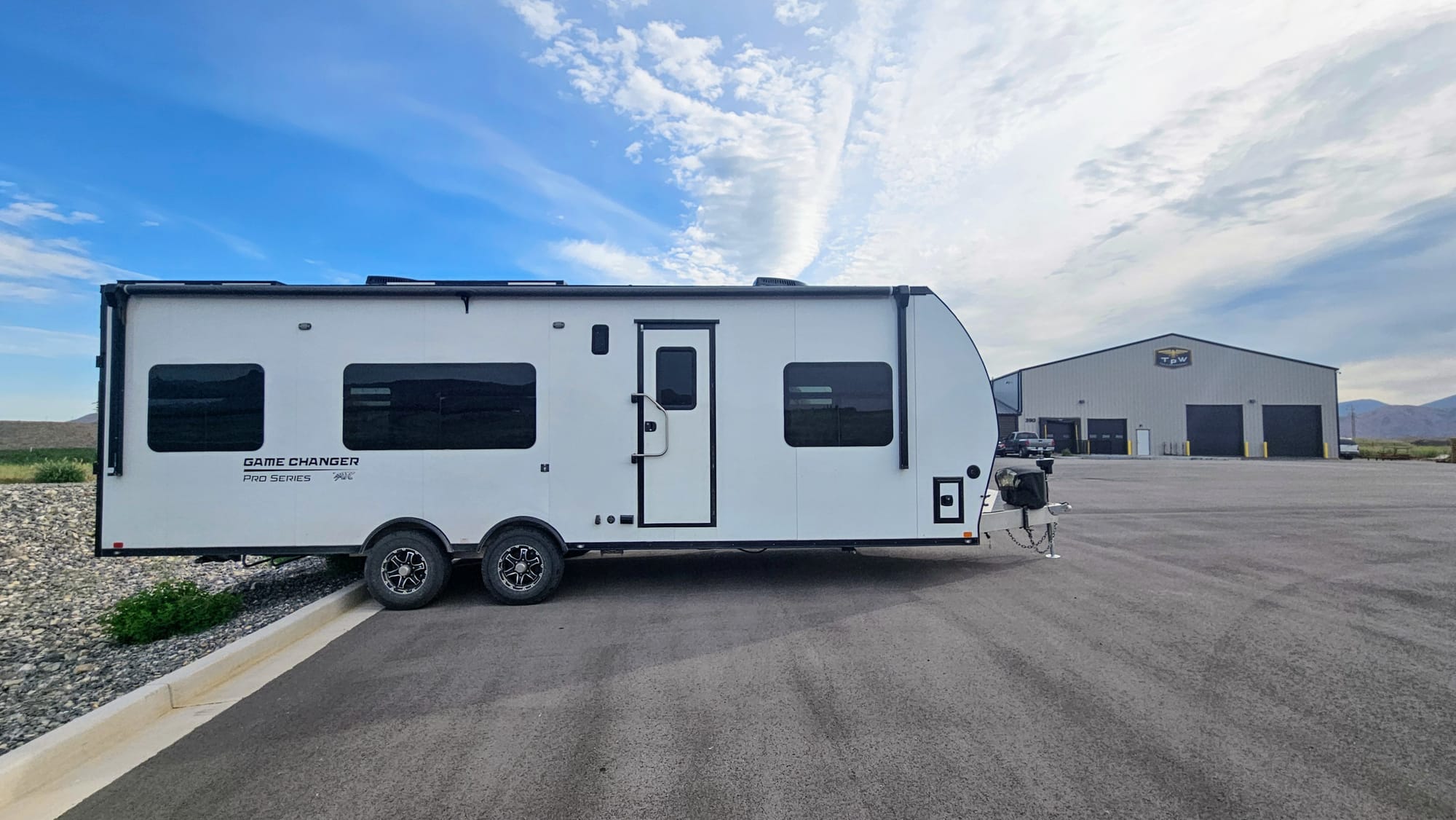
So, what was the good word? It's just one word, and that word is camber. This is very slight bend in the axles that should allow them to sit straight when installed on the trailer. During our March appointment, the guys told us that they believed some added camber might be needed, but they wanted to stay conservative. They had done lots of other fixes and thought those might be enough. This was the basis of them telling us we might need to return. Only, where they thought we might need added camber, we actually needed less camber! We went from getting wear on the inner walls of our tires, to getting wear on the outer walls. If they had added camber, the inner wear would have gotten worse. At our June appointment, they removed 1/4 inch of camber, with hopes that this would literally straighten out our issues. They also rotated our tires because we were getting more wear on the front than the rear. This would give the tires extended life and also help us notice if more wear happened due to an issue with the front axle. The diligent observation would need to continue.
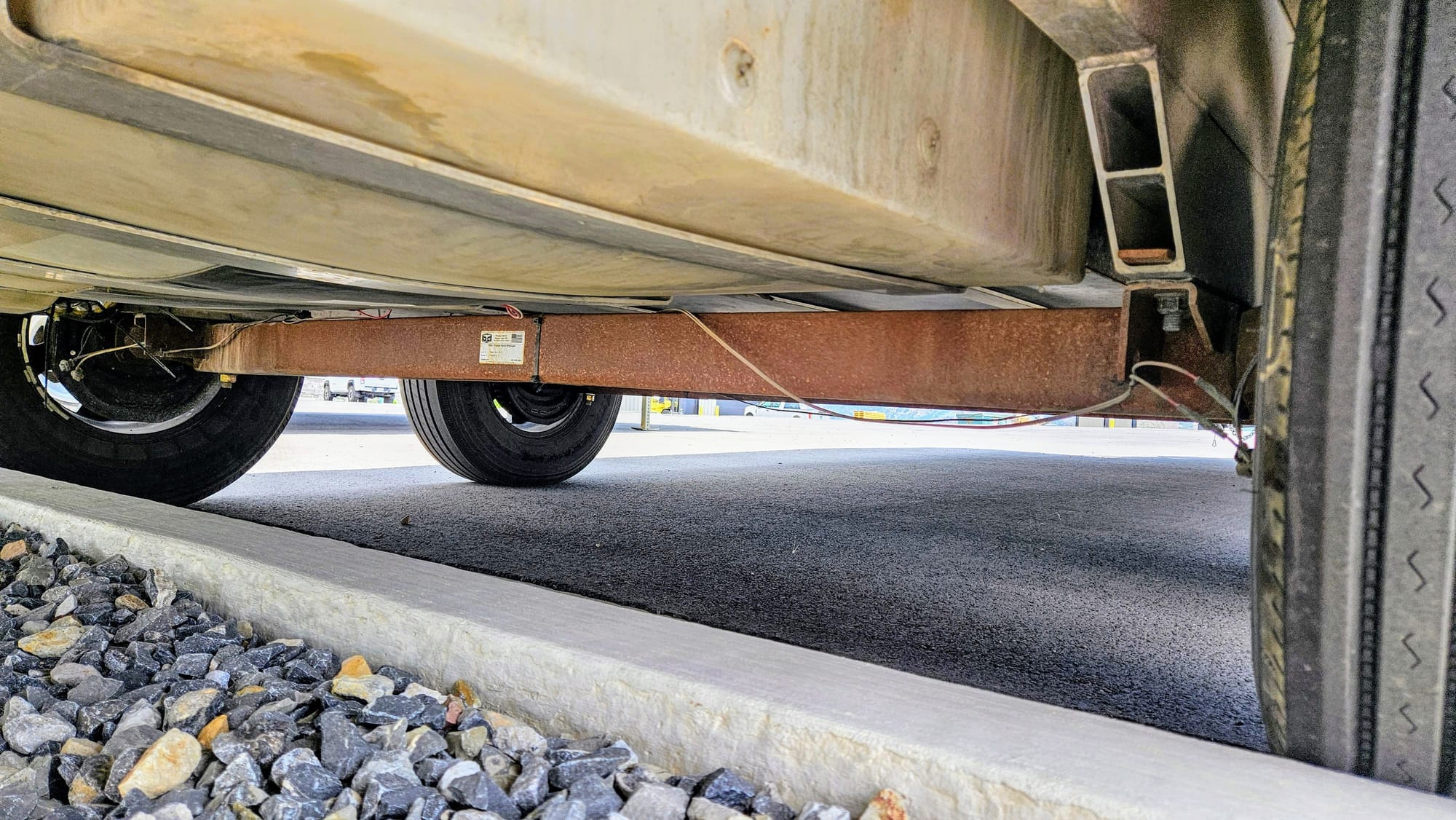
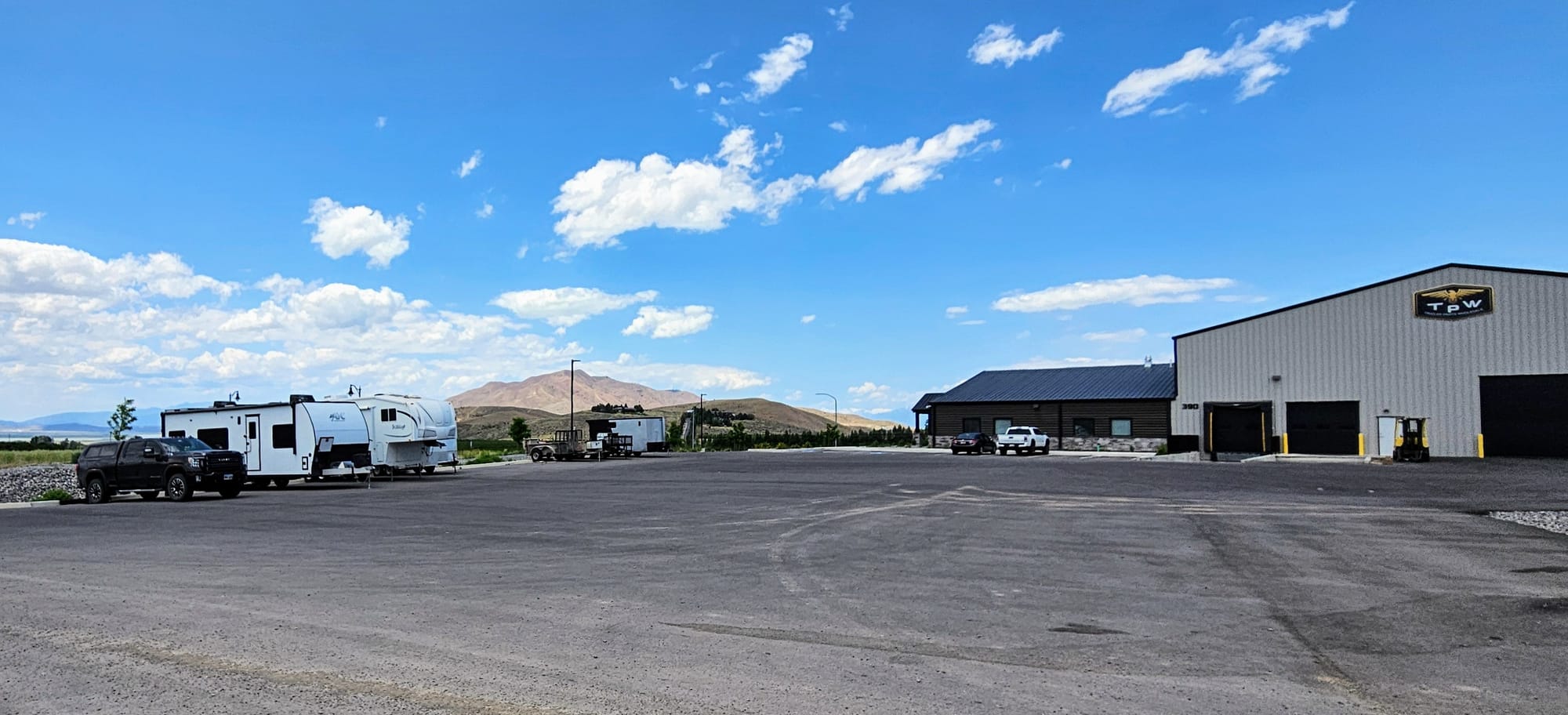
As for the creaking sounds, we were told that a solution might be impossible. These particular torsion axles have a lot of metal parts that rub together, making them inherently louder than other models. As our axle guy Jennings described, "A lot of times, these axles are used for horse trailers, and the horses have never complained about the noise." So until we sensitive humans came along, they didn't quite know how noisy these axles could get on an otherwise maintained recreational trailer. This begs the question, why did they put these on our trailer and not ones more popular for RVs? That would be a result of the one-day turnover period when we were scrambling to get all our post-flood repairs 2 years ago. Had we known that these axles would be loud, would we have changed our plan and waited longer for new axles? Honestly, maybe. As far as we knew, our first set of axles could still be used, but at the cost of uneven wear on our tires. Hindsight is 20/20. We continued getting uneven wear anyways, but now had the added bonus of the noise. Guess now we'll just announce ourselves coming down the road whenever there's moisture in the air. We might as well own it!
Jennings did recommend that we try using white lithium grease to cut the noise down. We can spray some where the spindle arm meets the axle. It's something we'd need to reapply, but considering the noise is worse in moist environments, this could be a quick and simple temporary solution. We have yet to try it at the time of writing this post.
That brings us to our (almost) real-time update! We are writing this post on June 25, 19 days after picking up our trailer. Since then, we have traveled fast, accumulating a whopping 2500 miles through the states of Utah, Wyoming, Nebraska, Iowa, Minnesota, Wisconsin, Indiana, and Ohio! Now we've slowed our travels a bit and will be staying in the Ohio/Indiana area preparing for and getting other repairs on our trailer. We're happy to report that, in those 2500 miles, we've noticed no additional wear on our tires! This was the biggest concern of ours. Once we found out that the creaking wasn't a safety issue, we decided we would just deal with it. The uneven wear, however, could result in blowouts, which could put both us and the trailer in danger. At the least, we didn't want to constantly need tire replacements, because the cost adds up fast. We're still on the same tires from our March axle appointment, and it looks like they still have life to live.
These miles were also a big test to see if we'd need to enlist the help of our ATC manufacturer during our repair appointment with them. We feared we'd be asking for a more diligent frame check, but now we're confident that this is not the underlying issue.
As always, we're still unsure if this is the official end to our axle saga, but we're taking the improvements as a win. It was a huge relief towing all that distance and not seeing additional wear on our tires. We hope it stays that way for many more miles to come.



